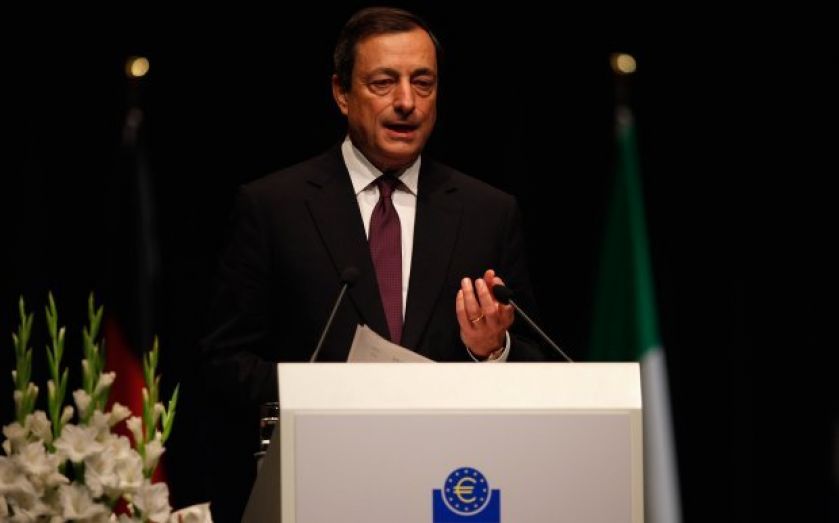The European Central Bank just unveiled its plan to save the Eurozone. Here’s what you need to know

Two years after his oft-repeated "whatever it takes" speech, European Central Bank (ECB) president Mario Draghi has finally pulled the trigger.
Digging deep into the central bank's arsenal, Draghi has picked out the weapons deemed most suitable to what is now moving from a disinflationary crisis to what could be a deflationary one.
Inflation in the Eurozone remains incredibly low, with CPI at just 0.5 per cent in the year to May. That's well below the level dictated by the ECB's mandate for price stability, which states that the central bank should "maintain inflation rates below, but close to, two per cent over the medium term".
The ECB has elected to cut its refinancing and deposit rates, to 0.15 per cent and -0.1 per cent respectively. So now banks will have to pay the central bank to hold money there.
Jennifer McKeown, senior European economist at Capital Economics, says that "neither of these policies looks like a game changer." Her verdict is that more still needs to be done, and the ECB may not be "ideologically or operationally prepared" to implement programmes that would "really stand a chance of boosting economic activity".
For those still holding out for something bigger, analysts have been suggesting we could see something in September. Traders will also be paying attention to Draghi's press conference, at 1.30pm and to a later press release, in which the ECB says "further monetary policy measures to enhance the functioning of the monetary policy transmission mechanism will be communicated".
Update: Draghi unveiled three more measures. Here's how they'll work.
For now, the chart below from Deutsche Bank suggests that the moves we've seen so far are priced in. Yet since the announcement the euro has fallen to a four month low against the dollar, with European stocks climbing to their highest level since 2008.

(Source: Deutsche Bank)